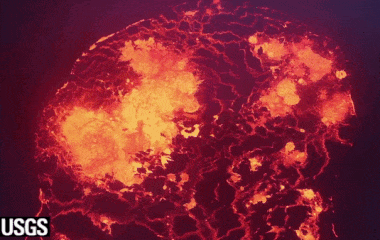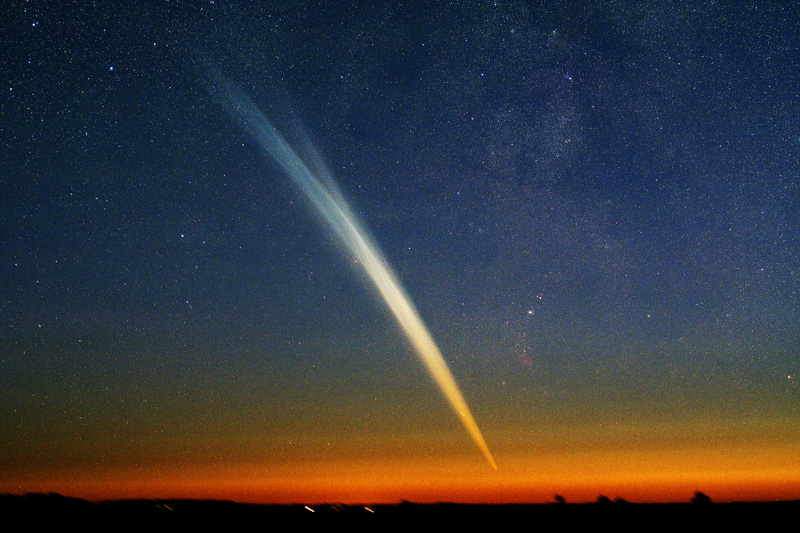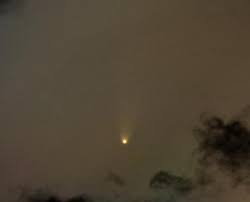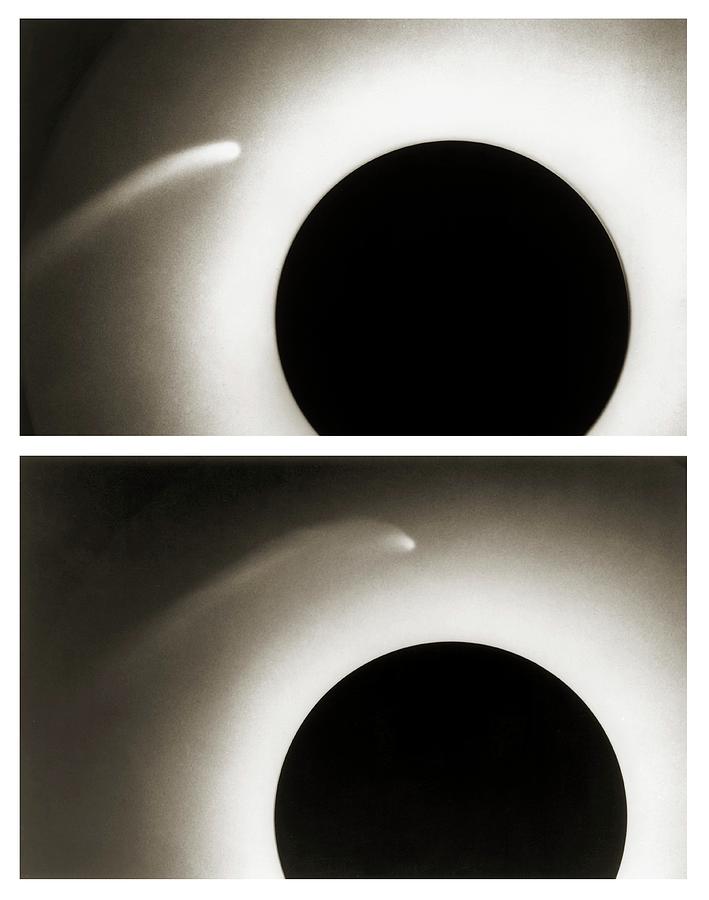You are using an out of date browser. It may not display this or other websites correctly.
You should upgrade or use an alternative browser.
You should upgrade or use an alternative browser.
Beautiful
- Thread starter cannabineer
- Start date
BudmanTX
Well-Known Member
the 740 and 750 series were great, road wonderfully
tangerinegreen555
Well-Known Member
ANC
Well-Known Member
That is a 12 cylinder 6 series.the 740 and 750 series were great, road wonderfully
cannabineer
Ursus marijanus
Who built it? I am not finding any stock 12-cylinder BMWs prior to the late-80s 750iL. Whose motor? There weren't many V12s to be had then but Jaguar's rather poky mill and the Italians.That is a 12 cylinder 6 series.
cannabineer
Ursus marijanus
Test mule makes sense
I bet that V12 sparkled in that light body
I bet that V12 sparkled in that light body
ANC
Well-Known Member
I love those wide fenders.Test mule makes sense
I bet that V12 sparkled in that light body
When I hear V12 this is the engine I think of.
BudmanTX
Well-Known Member
When I hear V12 this is the engine I think of.
that looks like it's fun to drive...
cannabineer
Ursus marijanus
For me it's this ...When I hear V12 this is the engine I think of.
lokie
Well-Known Member
https://www.cbsnews.com/news/hawaii...s-ashfall-lava-usgs-warning-today-2018-05-09/

I took a chopper ride over Kilauea while on vacation in Hawaii.
It was awesome. We saw several pools similar to this, but not as big as this.
So much power, smh.
Anyone know of any virgins that need to be sacrificed?
Have them PM me. I'll take care of the rest.

I took a chopper ride over Kilauea while on vacation in Hawaii.
It was awesome. We saw several pools similar to this, but not as big as this.
So much power, smh.
Anyone know of any virgins that need to be sacrificed?

Have them PM me. I'll take care of the rest.
cannabineer
Ursus marijanus
Comets continued:
Seeing Comet Bennett impressed me. But a careless reading of a chart in a library book left me believing (until I bothered to look it up when the Internet was young ... ish) that what I'd actually seen was Comet Ikeya-Seki, the brightest comet of the 1960s and perhaps the 20th Century.
Comet Ikeya-Seki was discovered "as a faint telescopic object" on September 18 1965, and it was soon found to have a steep orbit that would have it whipping around the Sun only 450 thousand km from the solar surface. (From the center of the Sun to its surface is 700 thousand km, so this is less than one solar radius from that hot surface!)
Its perihelion passage would be brief at an estimated speed of 500 km per second, and was calculated to happen on October 21 1965. I was too young at the time to be aware or care.
But as it swept past the sun, it became a spectacular object with a tail that stretched 110 million km, most of the Sun-Earth distance. It reached visual magnitude -10, making it "clearly visible in the daytime sky next to the solar disc". It also broke into at least three pieces on its closest approach to the Sun. Here are some pics of this amazing visitor.



Seeing Comet Bennett impressed me. But a careless reading of a chart in a library book left me believing (until I bothered to look it up when the Internet was young ... ish) that what I'd actually seen was Comet Ikeya-Seki, the brightest comet of the 1960s and perhaps the 20th Century.
Comet Ikeya-Seki was discovered "as a faint telescopic object" on September 18 1965, and it was soon found to have a steep orbit that would have it whipping around the Sun only 450 thousand km from the solar surface. (From the center of the Sun to its surface is 700 thousand km, so this is less than one solar radius from that hot surface!)
Its perihelion passage would be brief at an estimated speed of 500 km per second, and was calculated to happen on October 21 1965. I was too young at the time to be aware or care.
But as it swept past the sun, it became a spectacular object with a tail that stretched 110 million km, most of the Sun-Earth distance. It reached visual magnitude -10, making it "clearly visible in the daytime sky next to the solar disc". It also broke into at least three pieces on its closest approach to the Sun. Here are some pics of this amazing visitor.


tangerinegreen555
Well-Known Member
cannabineer
Ursus marijanus
when I lived in MD my dad planted and tended a white and a pink dogwood tree.









